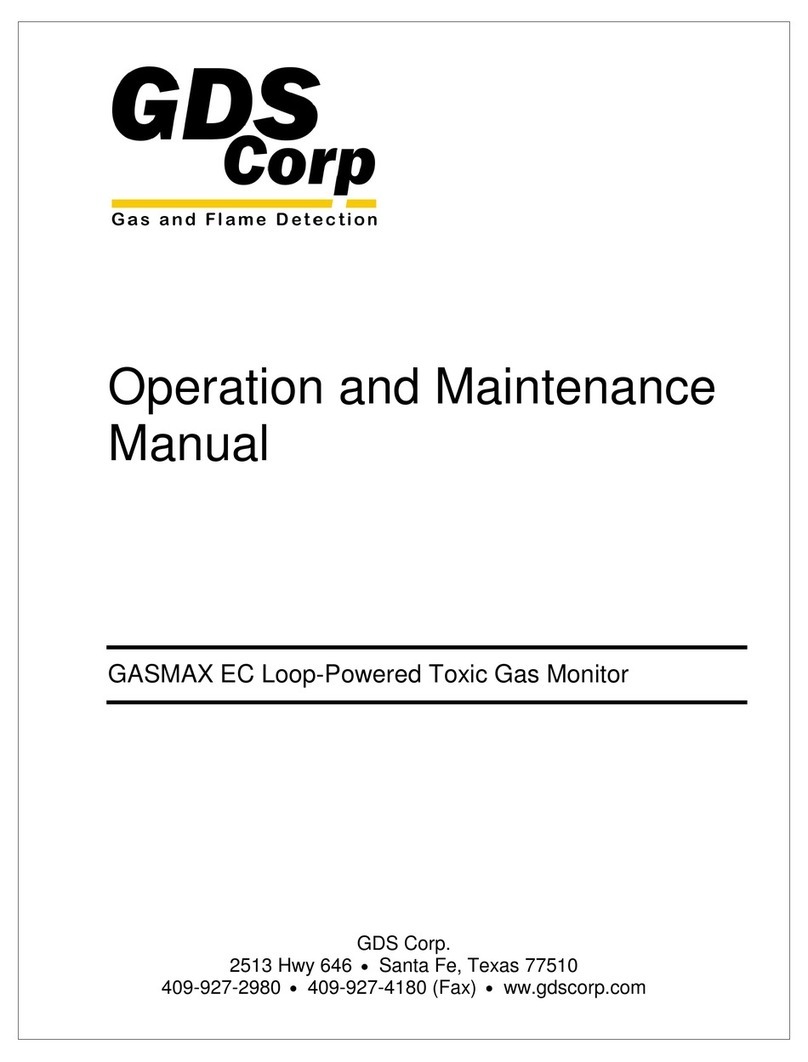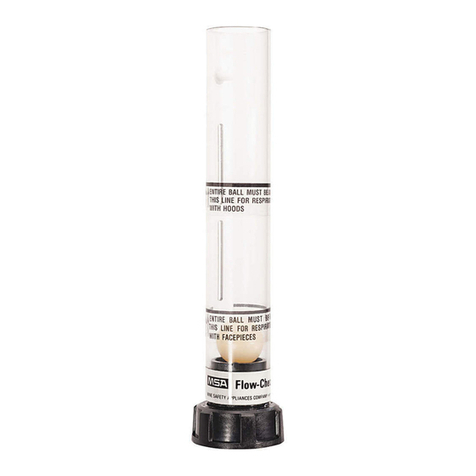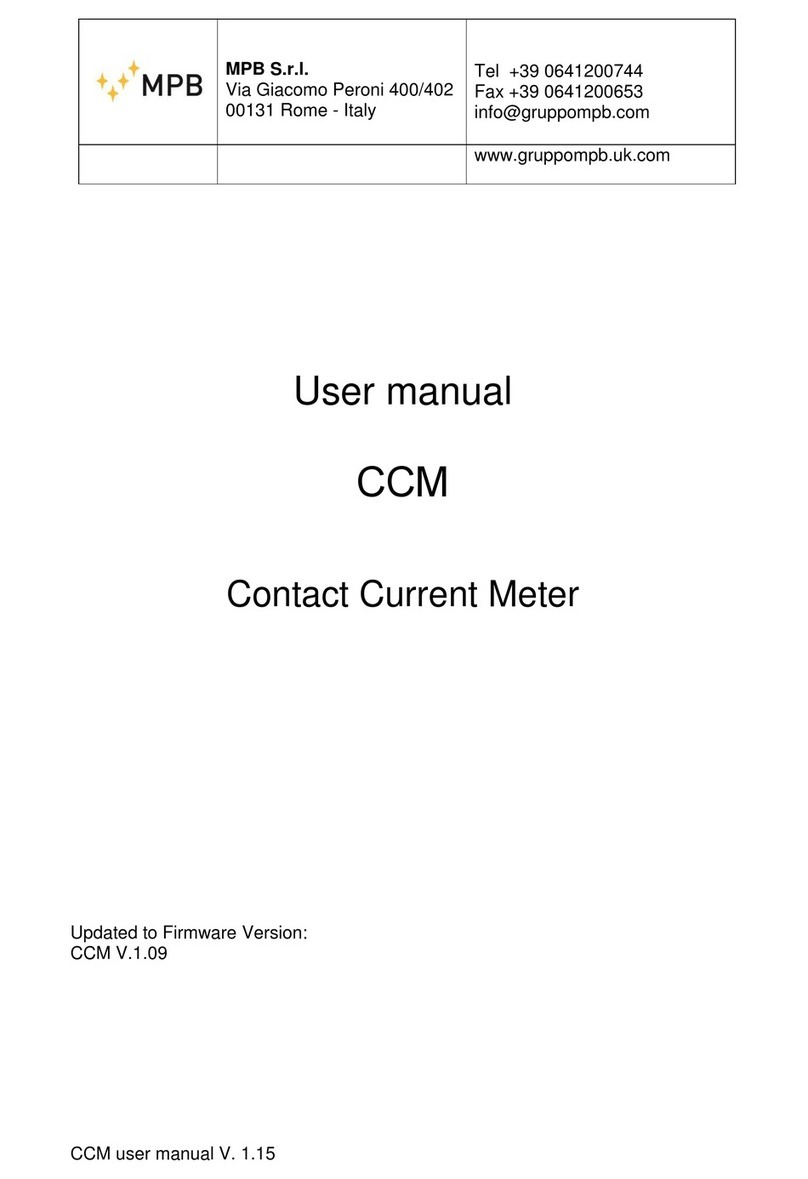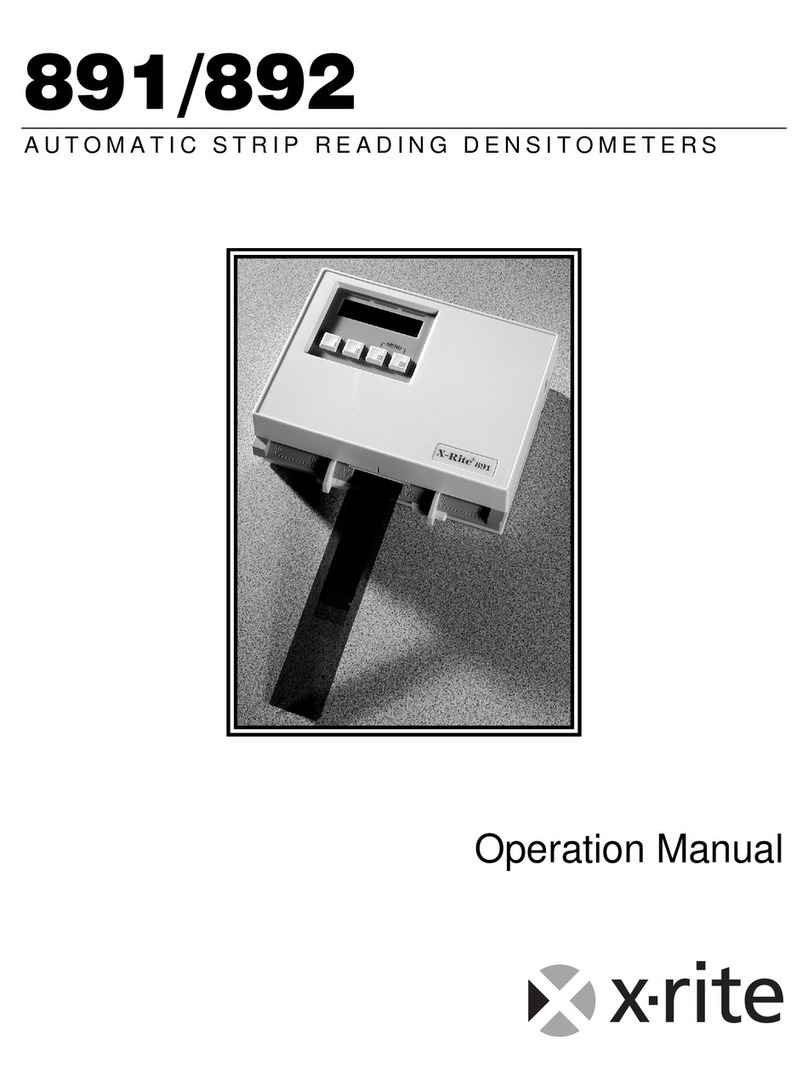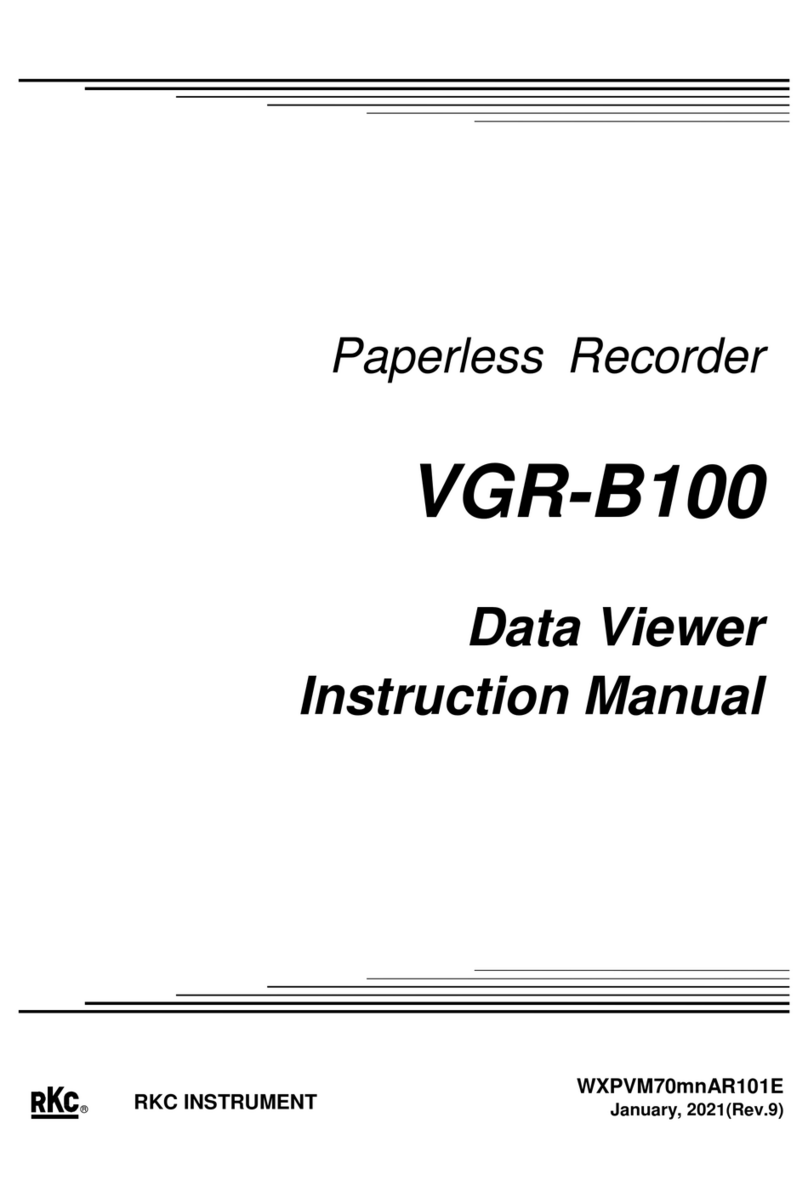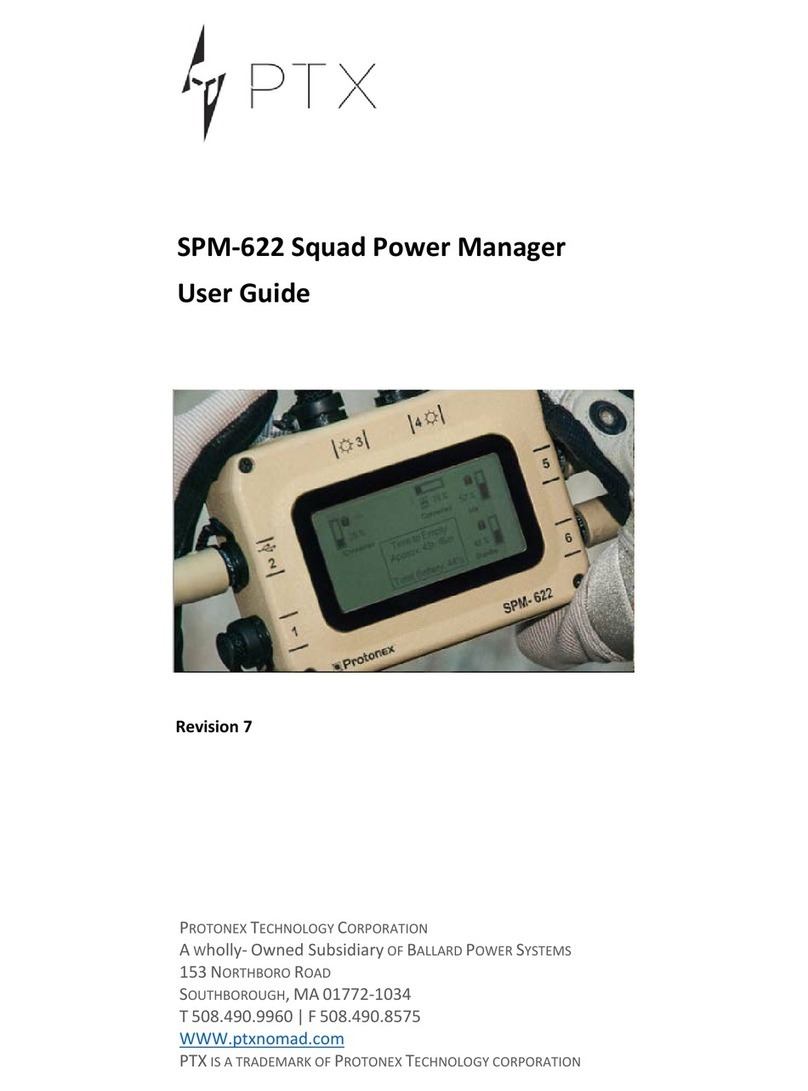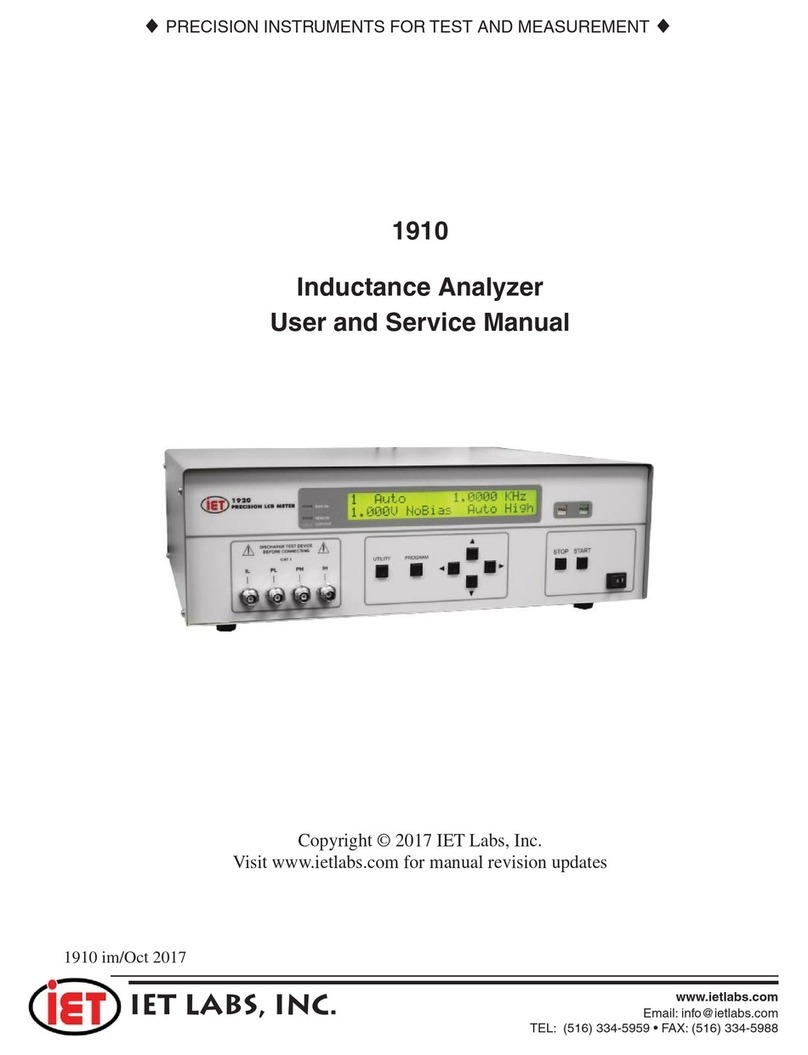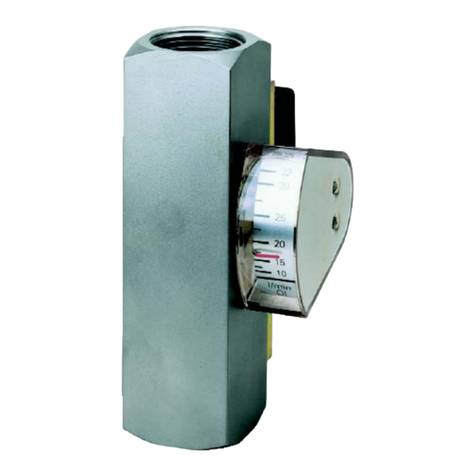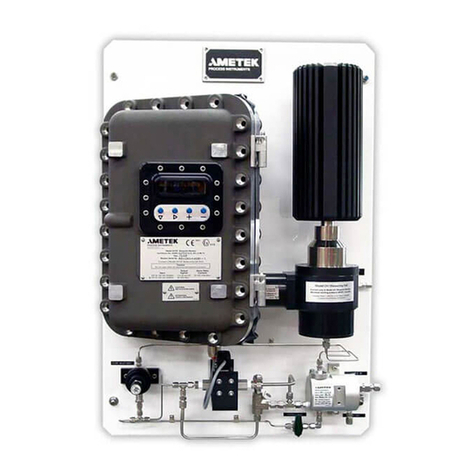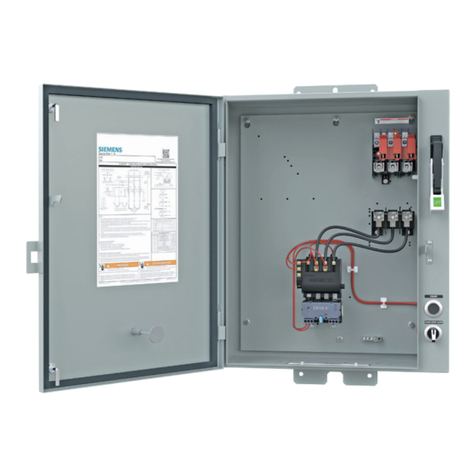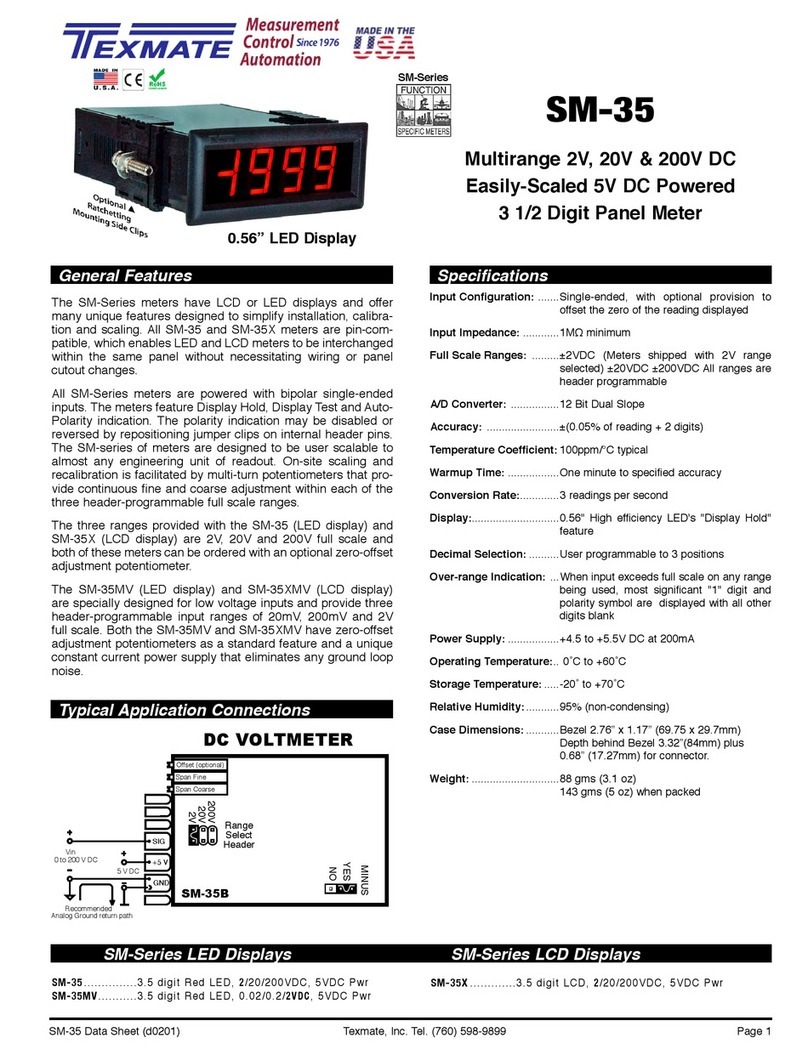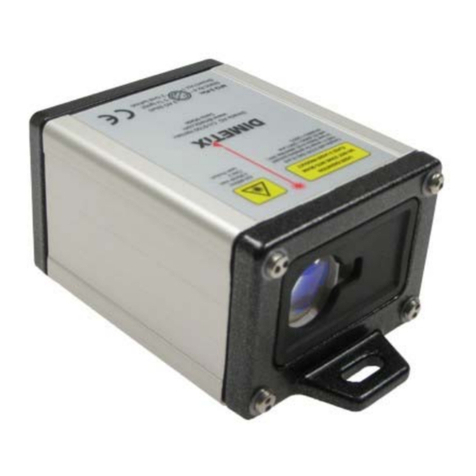GDS Corp GASMAX II User manual

GDS Corp. 2513 Hwy 646 Santa Fe, Texas 77510 (409) 927-2980 (409) 927-4180 fax
Quickstart Guide
GASMAX II / PID Toxic & VOC Gas Monitor
IMPORTANT - Before installing the GASMAX II, ensure there are
NO toxic gases present. Declassify the area if necessary.
Factors such as fans, prevailing winds, convection and density must
be considered when determining location. As with all sensors, the
GASMAX II should be protected from directed water, shock, vibration
and dirt. The PID sensor should be mounted vertically.
Use installation practices approved for the appropriate area. When
installed properly, the GASMAX II with PID sensor is certified for use
in areas rated Class 1, Div 1, Groups B, C & D.
S2
Ribbon to
1 2 43
PWR
OUT 4-20 ECHEM”
OUT 4-20 “LEL”
GND
REF
COM
ACT
CATBEAD
S1
C7C8
C1C2
I/O Power
Supply
TB1TB2
Unscrew the cover of the GASMAX II. Loosen the thumbscrews
holding the display assembly and remove it. The power supply board
is attached to the inside of the GASMAX housing (see Figure 1).
Connect +DC to TB2 pin 1 and –DC to TB2 pin 4. The allowable DC
voltage range is +12 to 30 VDC. The calibrated 4-20mA LEL output
signal is available at TB2 pin 3.
If an optional electrochemical sensor is connected to the GASMAX II,
the 4-20mA Echem output is available on TB2 pin 2.
Fig 1. GASMAX Power Supply Board
Fig 2. GASMAX Alarm / MODBUS
Board
I. MOUNTING LOCATION
II. POWER & 4-20mA OUTPUT WIRING
III. RS-485 DIGITAL INTERFACE WIRING
If the GASMAX II Alarm / MODBUS board is installed, it will be
attached to the GASMAX II electronics assembly (see Figure 2).
Attach the RS-485 wires to TB2 pins 1 & 2 and the shield wire to
pin 3. RS-485 is polarity-sensitive and the wires on pins 1 & 2 may
need to be swapped for proper operation. If wiring in a “daisy
chain”, terminals 4 & 5 are available for outgoing RS-485 wiring.
If necessary, select Jumper 1 (J1) position “A” to enable the RS-
485 termination resistor. This is typically done on the device
furthest from the RS-485 master controller.
U1
TB
K2
K3
K1
J
1
2
4
3
5
A
B
A
S
B
1
2
4
3
5
6
7
9
8
NO
C
N
NO
C
NC
NO
C
NC
TB
TB
A
B
+-
J1-A - Installs RS-
485 Termination
Resistor
RS-485 “A” & “B” terminals
are connected internally. “S”
Remote Alarm Reset
Assy 10-0234
Relay
Relay 2
Relay 3
IV. SENSOR INTERFACE WIRING
If a local PID smart sensor is installed, it will be connected to
connector S1 on the GASMAX II power supply board (See Figure 1).
If a remote PID sensor is installed, it should be connected to the R,
C and A terminals on the GASMAX II power supply board (See
Figure 1). The remote sensor housing terminals are also labeled R,
C and A for easy identification.
REMOTE PID
Sensor
Power Supply &
4-20mA Output
Local PID Sensor
MODBUS Interface
ALARM Relays

GDS Corp.
2513 Hwy 646
Santa Fe, Texas 77510
(409) 927-2980 (409) 927-4180 fax
SPARE PARTS & ACCESSORIES
10-9060 Replacement PID Sensor (0-2000ppm)
10-9061 Replacement PID Sensor (0-20ppm)
10-906XR Sensor Refurbishment for PID
10-0198 Sensor splash guard
10-0203 Sensor calibration cup
10-0205 Flow cell for process monitoring
10-0187 Sensor removal tool
1000-0078 Large black magnet
10-0232 Replacement display
10-0233 Replacement I/O power supply
10-0234 Replacement Alarm / MODBUS
10-0250 Replacement isolated 4-20mA
If a local PID smart sensor is installed, the GASMAX II
will automatically identify the sensor type during
power-up and load the configuration parameters
stored in the sensor.
V. LOCAL SENSOR SETUP
Calibration should be performed at least once every
three months for PID sensors. In some cases, more
frequent calibration may be required due to
environmental considerations.
Attach a calibration cup to the sensor head and apply
a steady flow of “zero air” to the instrument for one
minute. Hold the magnetic wand over the “DN / CAL”
switch on the lower left side of the display until the
GASMAX enters calibration mode. Follow the on-
screen instructions to calibrate the GASMAX II unit.
If a remote PID sensor is installed, sensor information
must be entered manually.
ENABLE THE LEL/CURRENT CHANNEL
Press and hold the UP key for 5 seconds until the
“Enter Key Sequence” menu appears. Press the UP
key four times in sequence to access the XMITTER
CONFIG menu. Make sure the LEL/CURRENT
channel is ON. If an optional toxic sensor is also
installed (two-channel mode), make sure the O2/
TOXIC channel is also ON. Exit the XMITTER
CONFIG menu by pressing the NEXT key.
INITIALIZE THE GASMAX SOFTWARE
Press the EDIT key to display the Main Menu. Select
the Sensor Information menu entry and press EDIT.
Select INSTALL SENSOR and press EDIT to confirm.
Select Cat-Bead Input Type. This step deletes any
existing historical calibration data and resets sensor
life to 100%. Press NEXT to exit the menu.
SET SENSOR VOLTAGE
Press the EDIT key to display the Main Menu. Scroll
down to the TECHNICIAN ONLY entry and press
EDIT again. Press the UP key four times in sequence
to enter the TECHNICAN ONLY menu.
Select SET SENSOR VOLTAGE and adjust the
catalytic bead excitation voltage to 5.0V as measured
across the REMOTE SENSOR JUNCTION BOX
TERMINAL STRIP “A” and “R” terminals.
IMPORTANT: Do not exceed 5.5VDC across the
PID sensor at any time. Excess voltage can
damage the sensor and void the warranty,
VI. REMOTE SENSOR SETUP
Press NEXT to exit the TECHNICIAN ONLY menu (or
any menu).
For maximum accuracy, allow the sensor to warm
up for 24 hours BEFORE setting the balance and
preamp gain.
SET BALANCE
Attach a calibration cup to the sensor head and apply
“zero gas” to the sensor and wait one minute for the
reading to stabilize. Enter the TECHNICIAN ONLY
menu and select the SET BALANCE option. Adjust
the sensor output for a coarse zero. If the sensor is
working properly, the reading prior to setting zero
should be +/- 3% LEL.
PREAMP GAIN SET
Apply a specified “span gas” to the sensor and allow
the GASMAX reading to stabilize (~ 60 seconds).
Using the PreAmp Gain Set option, adjust the reading
to a value within 5% of the span gas value (coarse
adjustment only). Press NEXT to exit the menu.
VII. CALIBRATION
Other GDS Corp Measuring Instrument manuals
